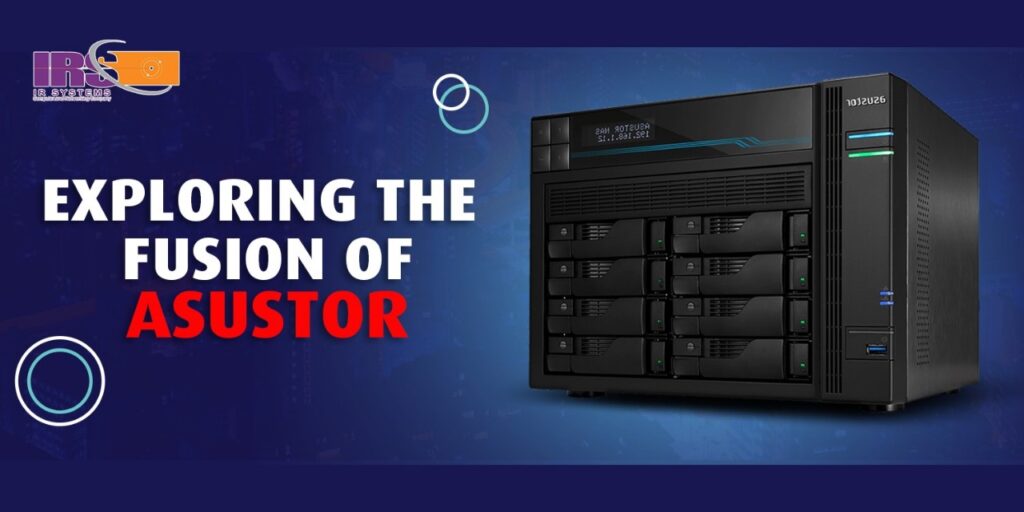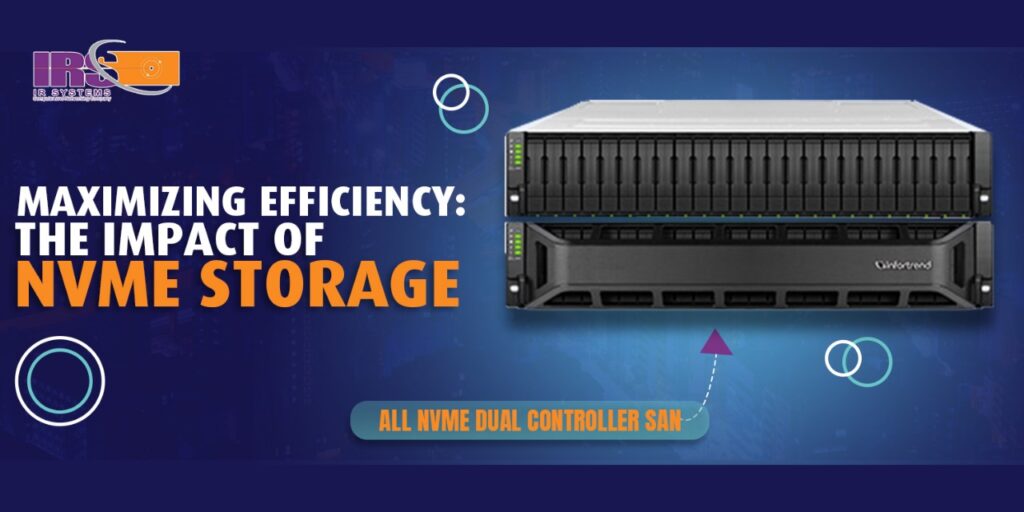Navigating the Digital Universe

In the vast expanse of the digital universe, where information sprawls across countless websites, databases, and archives, finding what we need can feel like searching for a needle in a haystack. This is where Information Retrieval (IR) systems come into play, empowering us to sift through this digital haystack efficiently and effectively. At the heart of this technological marvel lies IRSPK, a potent tool that revolutionizes the way we access and harness information. Understanding Information Retrieval (IR) Before diving into the intricacies of IRSPK, let’s explore the foundation upon which it stands: Information Retrieval (IR). IR is the process of obtaining information from a vast collection of data, often with the assistance of computer systems. It involves searching, filtering, and retrieving relevant information based on user queries or requirements. In essence, IR enables us to transform raw data into meaningful insights, fueling innovation, decision-making, and discovery across various domains. Unveiling the Power of IRSPK IRSPK, or Intelligent Retrieval System Powered by Keywords, represents the cutting-edge evolution of traditional IR systems. By harnessing the power of advanced algorithms, machine learning, and natural language processing, IRSPK goes beyond keyword matching to deliver more nuanced and contextually relevant results. Let’s delve into how IRSPK enhances the information retrieval experience: Precision and Accuracy: Our system is engineered to understand not only the explicit keywords in a query but also the underlying intent behind them. Through semantic analysis and entity recognition, it discerns the context of the search, ensuring that the retrieved results closely align with the user’s requirements. Personalization: Recognizing that each user is unique, this system leverages user preferences, browsing history, and behavior patterns to tailor search results accordingly. By personalizing the retrieval process, we deliver a curated experience that resonates with individual users, fostering greater engagement and satisfaction. Multimodal Search: In today’s multimedia-rich landscape, information exists in various formats, including text, images, audio, and video. Our system is equipped with multimodal search capabilities, enabling users to explore diverse content types seamlessly. Whether it’s a scholarly article, a captivating image, or an insightful podcast, IRSPK ensures no stone is left unturned in the quest for information. Challenges and Innovations While IRSPK represents a leap forward in information retrieval technology, it’s not without its challenges. The ever-expanding volume of data, the nuances of human language, and the dynamic nature of user intent pose ongoing hurdles. However, we’re committed to addressing these challenges through continuous innovation and refinement. Big Data Handling: With the exponential growth of digital data, scalability is paramount. This system employs distributed computing frameworks and parallel processing techniques to handle vast datasets efficiently, ensuring rapid retrieval without compromising performance. Natural Language Understanding: Understanding the subtleties of human language is central to effective information retrieval. Through advanced natural language understanding models, our system interprets user queries with remarkable accuracy, accounting for synonyms, context shifts, and linguistic nuances. Conclusion: Empowering Discovery and Insight In the age of information abundance, the ability to navigate and extract value from vast datasets is more critical than ever. IRSPK stands at the forefront of this endeavor, revolutionizing the way we access, analyze, and leverage information. With its precision, personalization, and multimodal capabilities, IRSPK empowers us to unlock new realms of discovery, insight, and innovation. As we continue to push the boundaries of IR technology, we’re excited to embark on this journey of exploration and enlightenment together.
Exploring the Fusion of Asustor and Machine Learning

In the realm of Information Retrieval (IR) systems, innovation is the cornerstone of progress. At our core, we are constantly seeking ways to enhance user experiences and streamline processes. Today, we delve into the synergy between Asustor, a leading provider of network-attached storage (NAS) solutions, and the transformative power of Machine Learning (ML) in IR systems. Understanding Asustor: Redefining Storage Solutions At the heart of our operations lies Asustor, renowned for its cutting-edge NAS devices. These devices serve as the backbone of data management, offering reliability, scalability, and versatility to users across diverse domains. With features tailored to both personal and enterprise needs, Asustor NAS systems have become synonymous with efficiency and performance. Harnessing the Potential of Machine Learning In our pursuit of excellence, we recognize the pivotal role of Machine Learning in revolutionizing IR systems. Machine Learning algorithms, fueled by data-driven insights, possess the capability to optimize search functionalities, enhance recommendation systems, and automate processes with unparalleled precision. Uniting Asustor and Machine Learning: A Synergistic Approach Enhanced Search Capabilities By integrating Machine Learning algorithms into Asustor NAS systems, we empower users with intuitive search capabilities. Leveraging ML models, our Machine Learning for IR systems can analyze user behavior, interpret search queries, and deliver highly relevant results in real-time. This not only streamlines the search process but also elevates user satisfaction to new heights. Intelligent Content Recommendations Our collaboration with Machine Learning for IR extends beyond search functionality to personalized content recommendations. Through continuous analysis of user interactions and content preferences, our IR systems can intelligently suggest relevant files, documents, or media, tailored to individual preferences. This proactive approach not only simplifies content discovery but also fosters engagement and productivity. Automated Data Organization Gone are the days of manual data organization. With Asustor NAS systems powered by Machine Learning, data categorization, and tagging are automated processes. ML algorithms analyze file content, extract key metadata, and categorize data into logical hierarchies, ensuring seamless navigation and accessibility. This not only saves time and effort but also minimizes the risk of data mismanagement. Conclusion: Future Prospects and Beyond Asustor’s collaboration with Machine Learning represents just the beginning of a transformative journey in IR systems. As technology continues to evolve, we remain committed to pushing boundaries, exploring new possibilities, and redefining the landscape of data management. With innovation as our compass and user satisfaction as our guiding principle, the future holds endless opportunities for growth and advancement. The fusion of Asustor and Machine Learning heralds a new era in IR systems, marked by unparalleled efficiency, intelligence, and user-centricity. Together, we embark on a journey of innovation, driven by a shared vision of empowering users and transforming the way we interact with data. Join us as we pave the way for a brighter, smarter future in information retrieval.
Maximizing Efficiency: The Impact of NVMe Storage in IR Systems

In the dynamic world of Information Retrieval (IR) systems, speed and efficiency are paramount. With the advent of Non-Volatile Memory Express (NVMe) storage technology, IR systems are experiencing a significant transformation, unlocking unprecedented levels of performance and responsiveness. Let’s explore how this storage is revolutionizing IR systems across various domains. Accelerating Data Retrieval with NVMe Storage This storage, designed specifically for flash memory, offers remarkable advancements in data retrieval speed compared to traditional storage solutions. By leveraging the parallelism and low-latency communication of the PCIe interface, the storage significantly reduces data access times, enabling IR systems to retrieve information at blazing speeds. Whether it’s querying vast databases or searching through multimedia content, NVMe-equipped IR systems deliver unparalleled responsiveness, enhancing user experience and productivity. Optimizing Indexing Efficiency Indexing lies at the core of IR systems, facilitating efficient data retrieval based on user queries. The storage plays a pivotal role in optimizing indexing processes by providing rapid read and write capabilities. The high throughput and low latency of storage enable expedited indexing of new data and updates to existing indices, ensuring that IR systems can keep pace with evolving information landscapes. By streamlining indexing operations, this storage enhances the overall efficiency and agility of IR systems, empowering organizations to extract insights from vast datasets with minimal delay. Enabling Real-Time Analytics Real-time analytics have become indispensable for organizations seeking to derive actionable insights from streaming data sources. The storage empowers IR systems to perform real-time analytics with unparalleled speed and efficiency. By eliminating bottlenecks associated with traditional storage solutions, NVMe-equipped IR systems can process and analyze data streams in near real-time, enabling timely decision-making and proactive interventions. Whether it’s monitoring social media trends, analyzing sensor data, or detecting anomalies in financial transactions, this storage ensures that IR systems can deliver actionable insights with minimal latency. Enhancing Scalability and Flexibility Scalability is a key consideration for IR systems, particularly in environments where data volumes are subject to rapid growth and fluctuations. This storage offers superior scalability compared to traditional storage solutions, allowing IR systems to expand storage capacity seamlessly to accommodate evolving data requirements. The inherent parallelism and efficiency of NVMe storage enable organizations to scale their IR infrastructure without compromising performance or responsiveness. Additionally, the compact form factor of NVMe drives facilitates flexible deployment options, making them ideal for both on-premises and cloud-based IR systems. Improving Reliability and Durability Reliability is paramount in IR systems, where data integrity and availability are critical for business continuity. This storage boasts enhanced reliability and durability compared to traditional storage solutions, thanks to its solid-state design and advanced error correction mechanisms. By minimizing the risk of data loss and system downtime, this storage ensures that IR systems can operate reliably under demanding conditions, safeguarding valuable information assets and maintaining productivity. NVMe storage represents a paradigm shift in the realm of Information Retrieval systems, delivering unprecedented levels of speed, efficiency, and scalability. From accelerating data retrieval and optimizing indexing processes to enabling real-time analytics and enhancing system reliability, NVMe-equipped IR systems are poised to redefine the way organizations access, analyze, and leverage information. As the demand for faster, more responsive IR solutions continues to grow, NVMe storage will undoubtedly play a central role in driving innovation and unlocking new possibilities in information retrieval and analytics.
